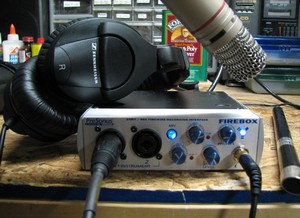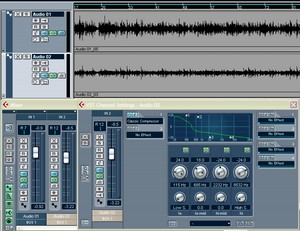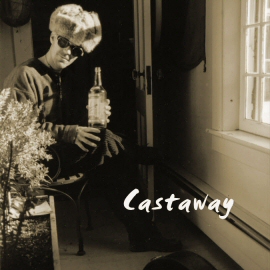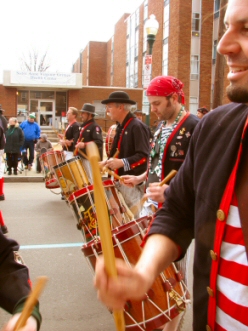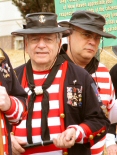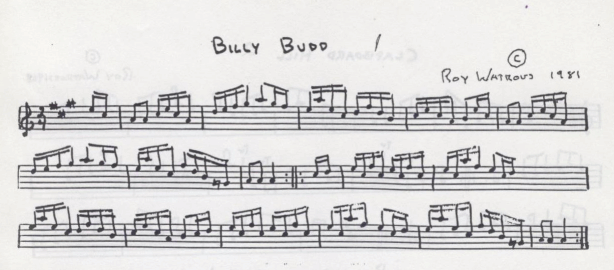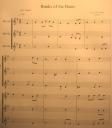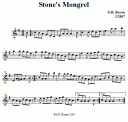 tunes-i-like
tunes-i-like
Castaway – Paddy Clancy’s
Here is another track from Castaway called Paddy Clancy’s. I first heard this tune on The Bothy Band – 1975 album.

If you don’t already own this album, you should. It is a classic and permanently changed Celtic music. My recording of this tune, which is much slower than how the Bothy’s played it, ends rather abruptly because I had planned on overdubbing another tune after it. Oh well, it is what it is.
